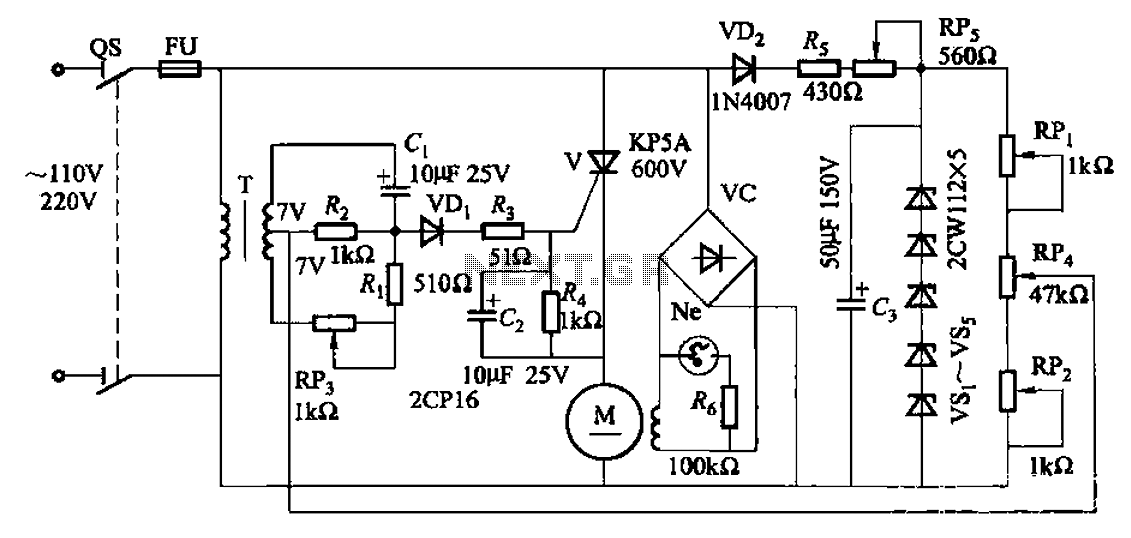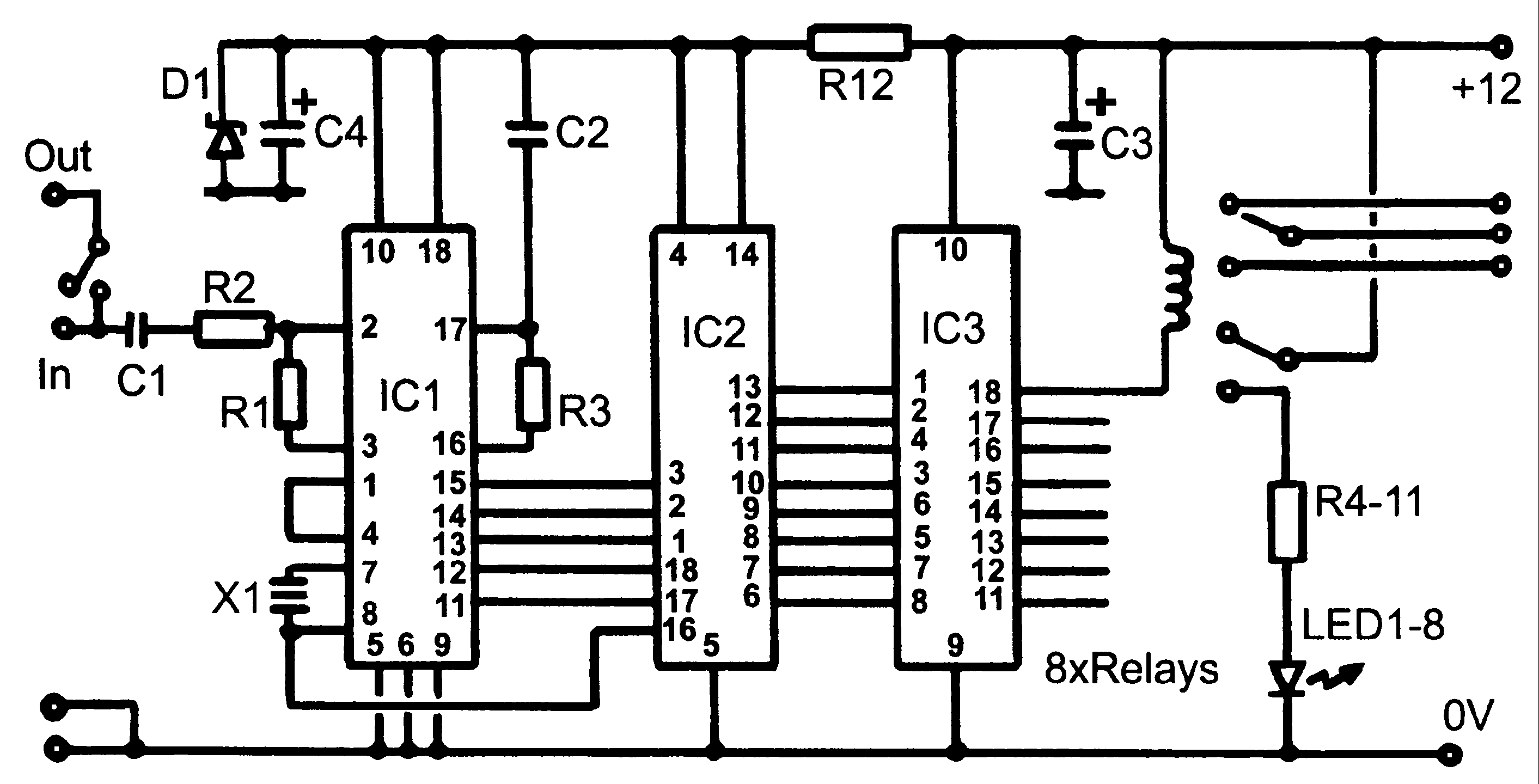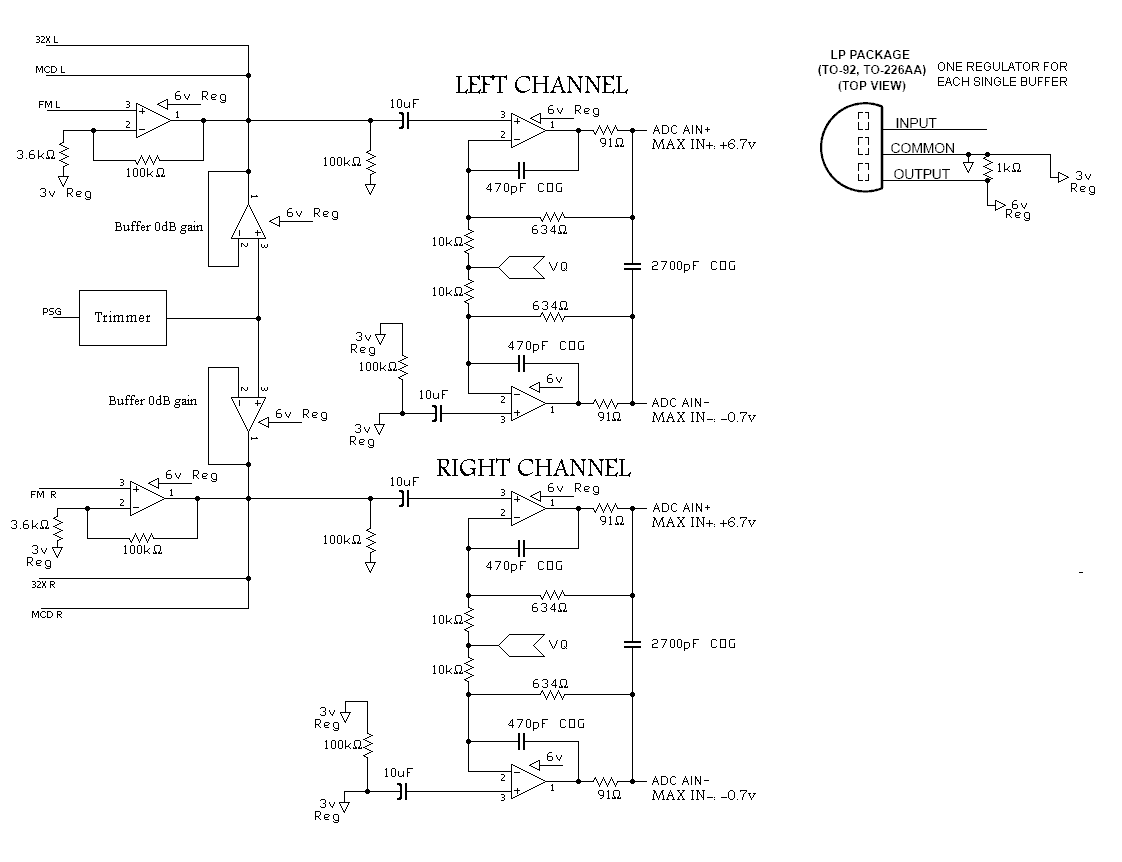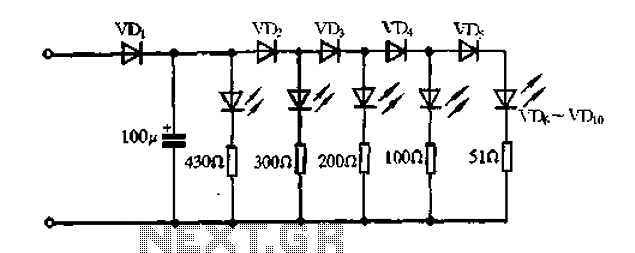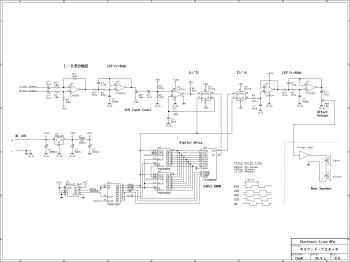
Smart Cooling Fan Circuit
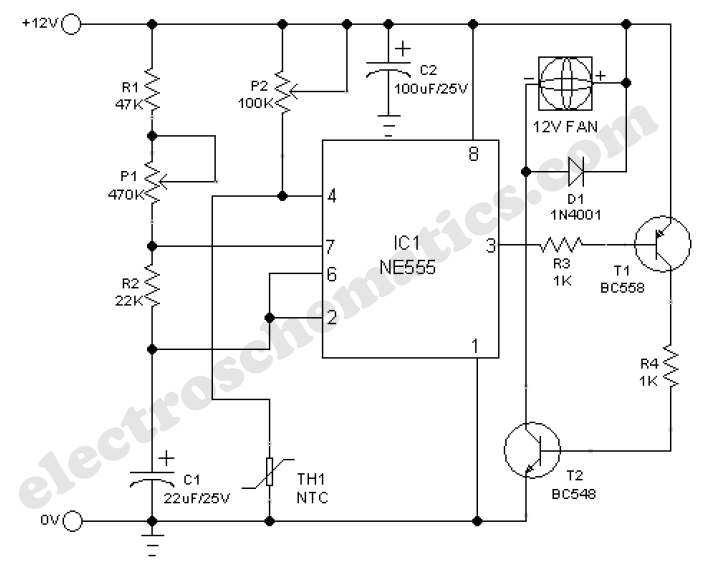
A continuously running cooling fan can be a significant nuisance and is not essential for most instruments. The 12V smart fan control presented here allows the fan to operate only when necessary.
The 12V smart fan control circuit is designed to optimize the operation of cooling fans in electronic devices, minimizing noise and energy consumption. This circuit employs a temperature sensor, typically a thermistor or an LM35, to monitor the ambient temperature. When the temperature exceeds a predetermined threshold, the circuit activates the fan, ensuring efficient cooling only when required.
The core of the circuit consists of a microcontroller or comparator that processes the temperature readings from the sensor. The microcontroller can be programmed to adjust the fan speed based on temperature variations, allowing for a more responsive cooling solution. For instance, at lower temperatures, the fan may operate at a reduced speed, while at higher temperatures, it can ramp up to maximum speed to facilitate effective heat dissipation.
Power supply considerations are crucial; the circuit should be powered by a stable 12V source. Additionally, the use of a MOSFET or transistor as a switch allows for controlling the fan's operation without significant losses in efficiency. The circuit may also include protection features such as over-temperature shutdown or reverse polarity protection to enhance reliability.
In summary, the 12V smart fan control circuit not only minimizes unnecessary fan operation but also contributes to the longevity of both the fan and the electronic device it serves by preventing overheating and reducing wear and tear. This design is particularly beneficial in applications where noise reduction is a priority, such as in audio equipment, computer systems, and sensitive instrumentation.A continuously running cooling fan is a big nuisance and is not very crucial in most instruments. The 12V smart fan control presented here allows the fan t.. 🔗 External reference
The 12V smart fan control circuit is designed to optimize the operation of cooling fans in electronic devices, minimizing noise and energy consumption. This circuit employs a temperature sensor, typically a thermistor or an LM35, to monitor the ambient temperature. When the temperature exceeds a predetermined threshold, the circuit activates the fan, ensuring efficient cooling only when required.
The core of the circuit consists of a microcontroller or comparator that processes the temperature readings from the sensor. The microcontroller can be programmed to adjust the fan speed based on temperature variations, allowing for a more responsive cooling solution. For instance, at lower temperatures, the fan may operate at a reduced speed, while at higher temperatures, it can ramp up to maximum speed to facilitate effective heat dissipation.
Power supply considerations are crucial; the circuit should be powered by a stable 12V source. Additionally, the use of a MOSFET or transistor as a switch allows for controlling the fan's operation without significant losses in efficiency. The circuit may also include protection features such as over-temperature shutdown or reverse polarity protection to enhance reliability.
In summary, the 12V smart fan control circuit not only minimizes unnecessary fan operation but also contributes to the longevity of both the fan and the electronic device it serves by preventing overheating and reducing wear and tear. This design is particularly beneficial in applications where noise reduction is a priority, such as in audio equipment, computer systems, and sensitive instrumentation.A continuously running cooling fan is a big nuisance and is not very crucial in most instruments. The 12V smart fan control presented here allows the fan t.. 🔗 External reference
